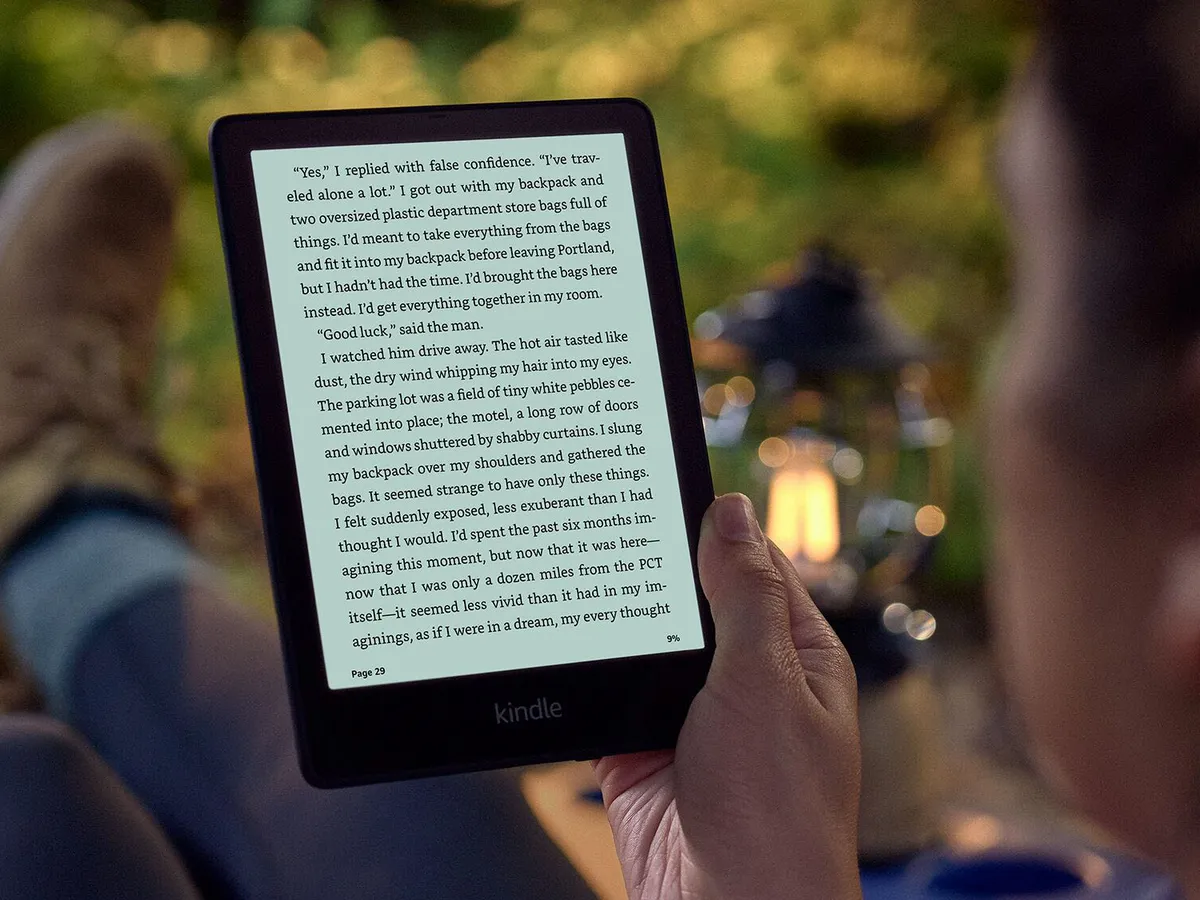The digital era has revolutionized the way we read, bringing forth the age of e-readers – a technological marvel that combines the love for reading with the convenience of technology. This comprehensive guide, akin to a sequence calculator in its methodical analysis, delves into the world of e-readers, comparing and reviewing various devices to help you find the perfect match for your reading habits
The Rise of eBook Readers: Understanding the Market Shift
The evolution from traditional books to digital books represents a significant shift in the publishing and reading world. eBook readers, such as Amazon Kindle and Kobo e-readers, have become increasingly popular, offering readers the convenience of carrying an entire library in their pockets. Most eBook readers are designed with e-ink screens that mimic the look of real paper, reducing eye strain and providing a comfortable reading experience even in bright sunlight. The rise of eBook readers is not just about convenience, it’s also about accessibility. These devices have opened up new opportunities for readers with disabilities, offering features like adjustable text size and text-to-speech capabilities. Moreover, the eco-friendly aspect of eBook readers cannot be overlooked. With the reduction in paper usage, these devices offer a greener alternative to traditional book reading. When seeking PaperWriter – help me write a paper on topics such as the “Best E-Reader Rankings,” clients can expect thorough research and detailed comparisons. This service is ideal for tech enthusiasts or students analyzing the evolving market of E-Readers, providing insights into features, usability, and how these devices are shaping reading habits today.
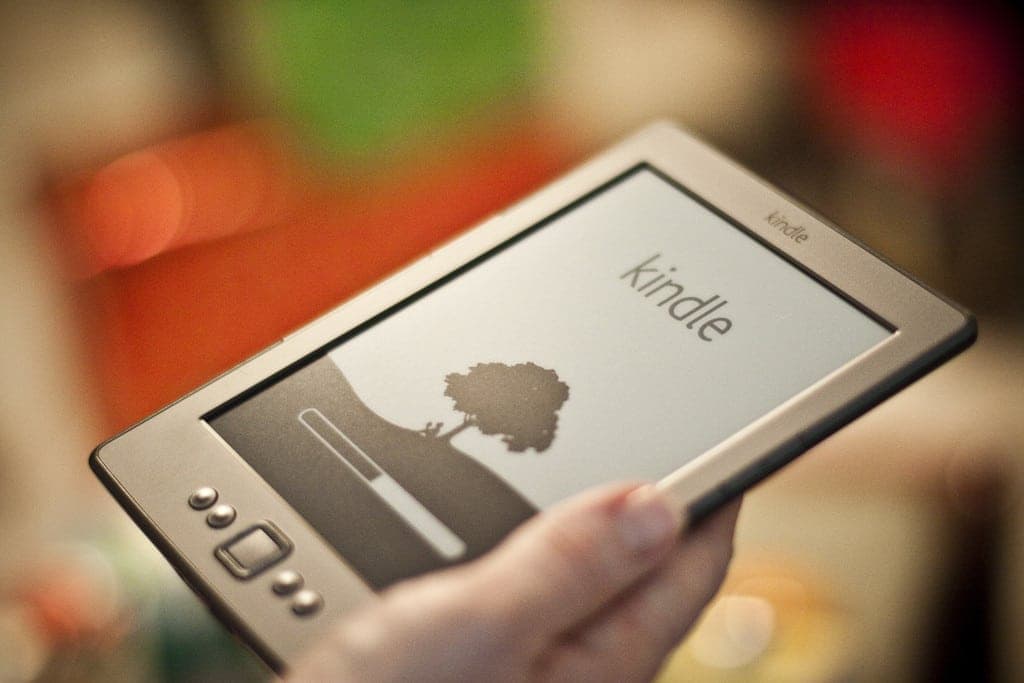
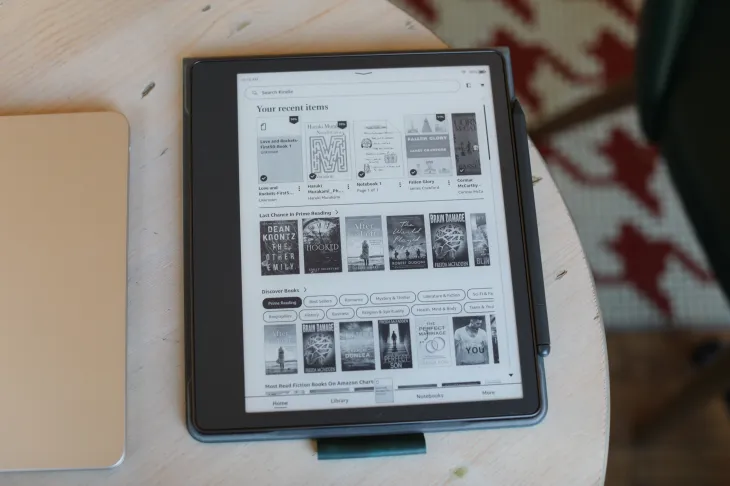
Evaluating eBook Reader Features: What to Look for in a Device
When choosing the best eBook reader, several key features should be considered. The quality of the display is paramount – e-ink screens, known for their crisp, paper-like display, are a popular choice. They are easier on the eyes compared to LCD screens and perform exceptionally well under direct sunlight. Another crucial factor is battery life. Devices like the Kindle Oasis and Kobo Clara E are celebrated for their long battery life, allowing readers to enjoy weeks of uninterrupted reading on a single charge. Storage capacity is also important, especially for avid readers who wish to have a large collection of books at their fingertips. Additionally, the design and ergonomics of the device play a significant role. Lightweight and comfortable to hold for extended periods, with features like physical page turn buttons, can greatly enhance the reading experience. Lastly, compatibility with various formats, including ePub files and PDFs, is essential for a versatile reading experience. Some e-readers, like the Kobo devices, offer wide compatibility, while others, like the Amazon Kindle, have a more closed ecosystem but provide access to an extensive ebook store.
Kindle Paperwhite Kids Review: The Ideal Choice for Young Readers
The Kindle Paperwhite Kids edition is a standout device in the realm of e-readers designed specifically for younger audiences. Its sturdy build and easy-to-use interface make it an ideal choice for children beginning their digital reading journey. The Kindle Paperwhite Kids model comes with a set of features tailored for young readers, including access to a vast library of Kindle books suitable for children. The device promotes reading by making it fun and interactive, with features like vocabulary builders and reading achievements. Parental controls are a significant aspect of this e-reader, allowing parents to monitor and manage their child’s reading habits effectively. The screen technology used in the Kindle Paperwhite Kids is designed to reduce eye strain, a crucial factor considering the extended screen time children might have. The Amazon Kindle Paperwhite Kids version also offers an adjustable warm light, making reading comfortable in any lighting condition. Moreover, its integration with the Kindle Store ensures that children have a wide range of books to choose from, catering to various reading levels and interests.
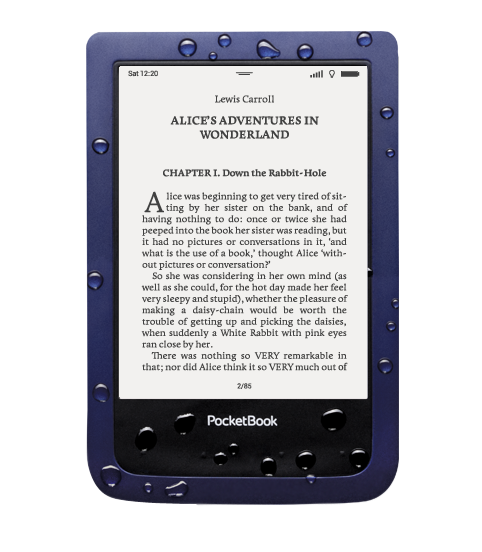
Kindle Scribe Deep Dive: The Ultimate Tool for Readers and Note-Takers
The Kindle Scribe marks a significant innovation in the world of e-readers, blending the traditional reading experience with the modern need for note-taking and productivity. This device is not just an e-reader, it’s an e-ink tablet that allows users to jot down notes, make annotations, and even sketch directly on the pages of their digital books. The Kindle Scribe features a high-resolution ink display that provides a paper-like feel, making it ideal for readers who also enjoy writing or drawing. This dual functionality addresses the needs of students, professionals, and casual readers who want more from their e-readers than just reading. The device comes equipped with a stylus that does not require charging, offering a seamless and uninterrupted note-taking experience. The integration with Kindle books is seamless, allowing readers to interact with their reading material in a more engaging and productive manner. The Kindle Scribe also boasts wireless charging, a first for Amazon Kindle devices, adding to its convenience and ease of use. The large screen of the Kindle Scribe is perfect for reading graphic novels, PDFs, and other content that benefits from more screen real estate. Additionally, the device’s long battery life ensures that users can read, write, and sketch for extended periods without worrying about recharging.
Comparing Screen Technologies: E-Ink vs. LCD in eBook Readers
The debate between e-ink screens and LCD displays in eBook readers is a crucial one for potential buyers. E-ink screens, utilized in devices like the Amazon Kindle Paperwhite and the Kobo Libra, offer a reading experience that closely mimics that of real paper. These screens are known for their minimal glare and the ability to reduce eye strain, making them ideal for prolonged reading sessions. E-ink technology is also energy-efficient, contributing to the long battery life of dedicated e-readers. On the other hand, LCD screens, commonly found in multifunctional devices like the base model iPad, provide vibrant color displays and are capable of handling a variety of multimedia content. However, they are less comfortable for reading over long periods, especially in bright light conditions. For those who prefer a versatile device for reading and other purposes, LCD screens might be more appealing. However, for avid readers who prioritize a comfortable and immersive reading experience, e-ink screens are the superior choice.
Battery Life and Portability: Key Considerations for E-Reader Selection
Battery life and portability are two key factors that significantly influence the user experience of an e-reader. Devices like the Kindle Oasis and Kobo Clara E are renowned for their long battery life, some offering weeks of reading on a single charge. This feature is especially important for travelers or those who do not want the hassle of frequent charging. In terms of portability, the size and weight of the e-reader are crucial. Lightweight and compact e-readers like the basic Kindle or the Kobo Libra are favored by users who carry their devices with them throughout the day. Additionally, the presence of features like wireless charging and a USB-C port adds to the convenience factor, making it easier to charge the device on the go. The portability aspect also extends to the device’s ability to sync with other devices and platforms, allowing readers to continue their reading seamlessly across different devices. This connectivity enhances the reading experience, making it more flexible and adaptable to the user’s lifestyle.
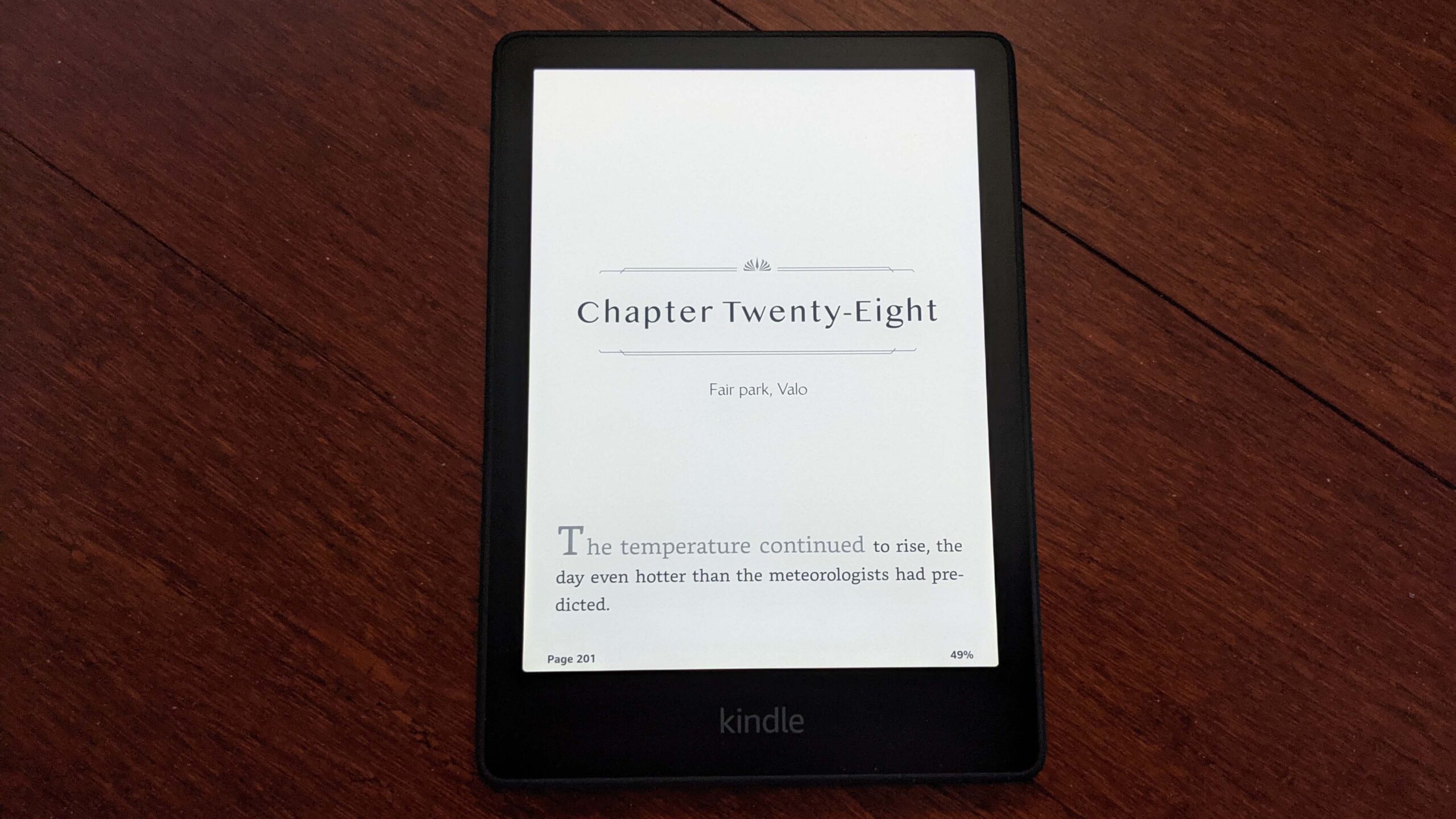
Navigating the Ecosystem: Understanding Compatibility and Formats
The ecosystem and compatibility of eBook readers are critical aspects to consider. Devices like the Amazon Kindle and Kobo e-readers have distinct ecosystems, each offering unique features and compatibilities. Kindle devices are integrated with the Kindle Store, providing access to a vast collection of Kindle books, but they primarily support Amazon’s proprietary formats. In contrast, Kobo devices offer broader format support, including ePub files, making them compatible with a wider range of ebook stores and library ebooks. For readers who frequently borrow library books, this compatibility can be a decisive factor. Furthermore, the ability to access multiple reading apps on a single device expands the user’s options, allowing them to access books from various sources. Understanding the specific ecosystem and format compatibilities of each e-reader is essential to ensure that the device meets the reader’s needs, whether it’s for casual reading, academic purposes, or professional use. With expert writers available, essay services sorority resume examples ensure every paper is customized to meet individual requirements and course guidelines.
